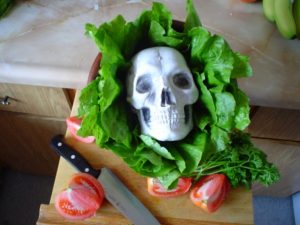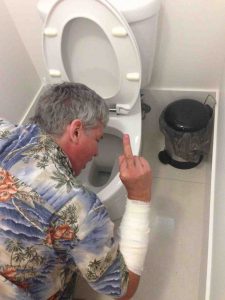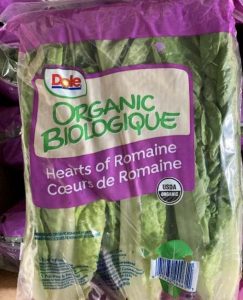Yeah, I fell again a couple of weeks ago, lost a lot of blood, so the doc wanted to have a look at the two contusions.
 She started shaving the back of my head, the long hair that gives me strength, and eventually my friend and I told the doc, “Let’s try something different and take it all off.”
She started shaving the back of my head, the long hair that gives me strength, and eventually my friend and I told the doc, “Let’s try something different and take it all off.”
There are those who call me Uncle Fester.
The U.S. Centers for Disease Control, public health and regulatory officials in several states, the U.S. Food and Drug Administration (FDA), and the U.S. Department of Agriculture’s Food Safety and Inspection Service (USDA-FSIS) are collecting different types of data to identify the food source of a multistate outbreak of E. coli O157:H7 infections.
As of February 1, 2021, a total of 16 people infected with the outbreak strain have been reported from 5 states.
Illnesses started on dates ranging from December 23, 2020, to January 7, 2021.
Sick people range in age from 10 to 95 years, with a median age of 31, and 88% are female. Of 12 people with information available, 9 have been hospitalized. Of 11 people with information, 3 developed a type of kidney failure called hemolytic uremic syndrome (HUS). One death has been reported from Washington.
State and local public health officials are interviewing people to find out what foods they ate in the week before they got sick.








